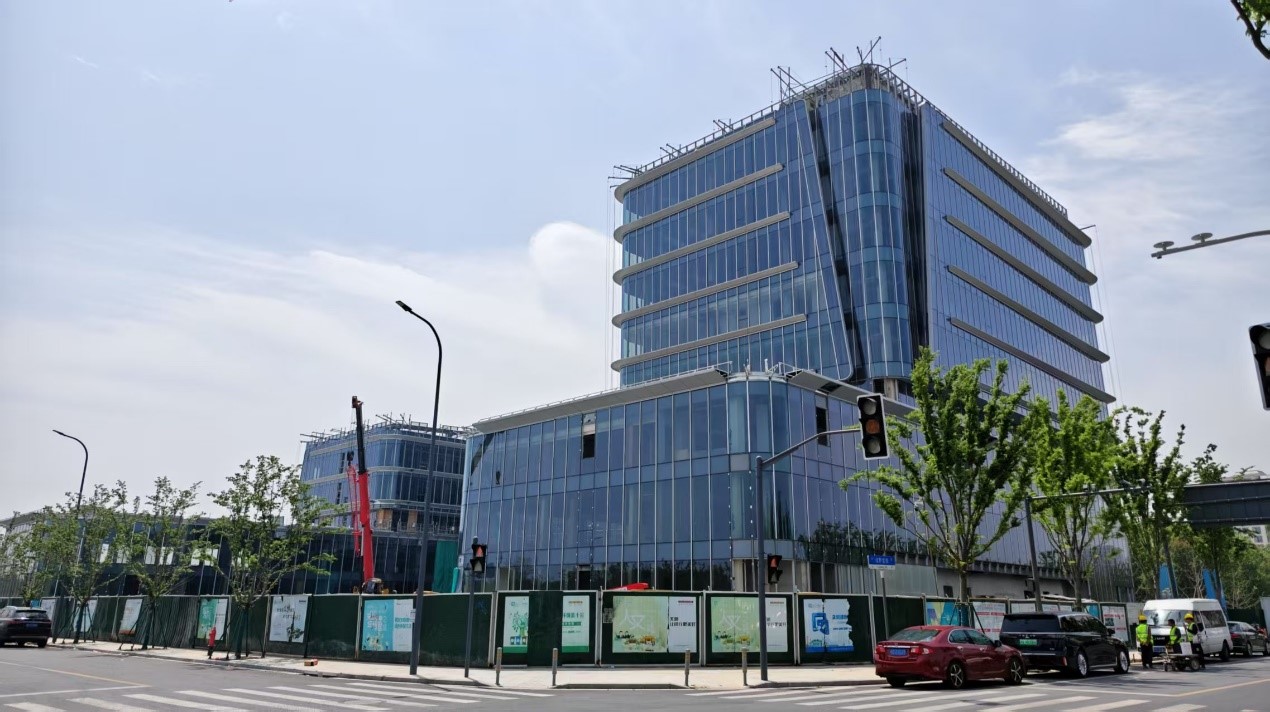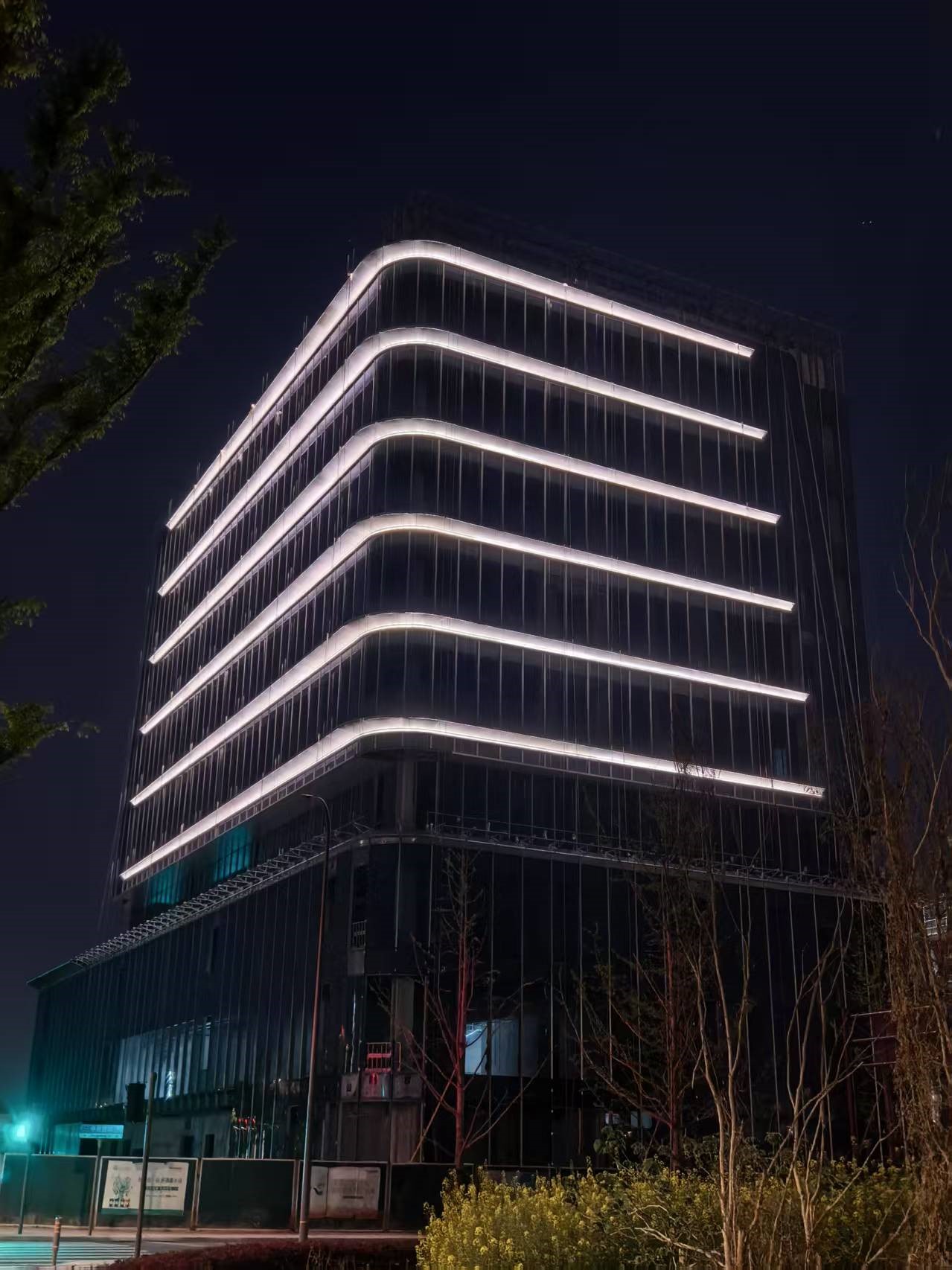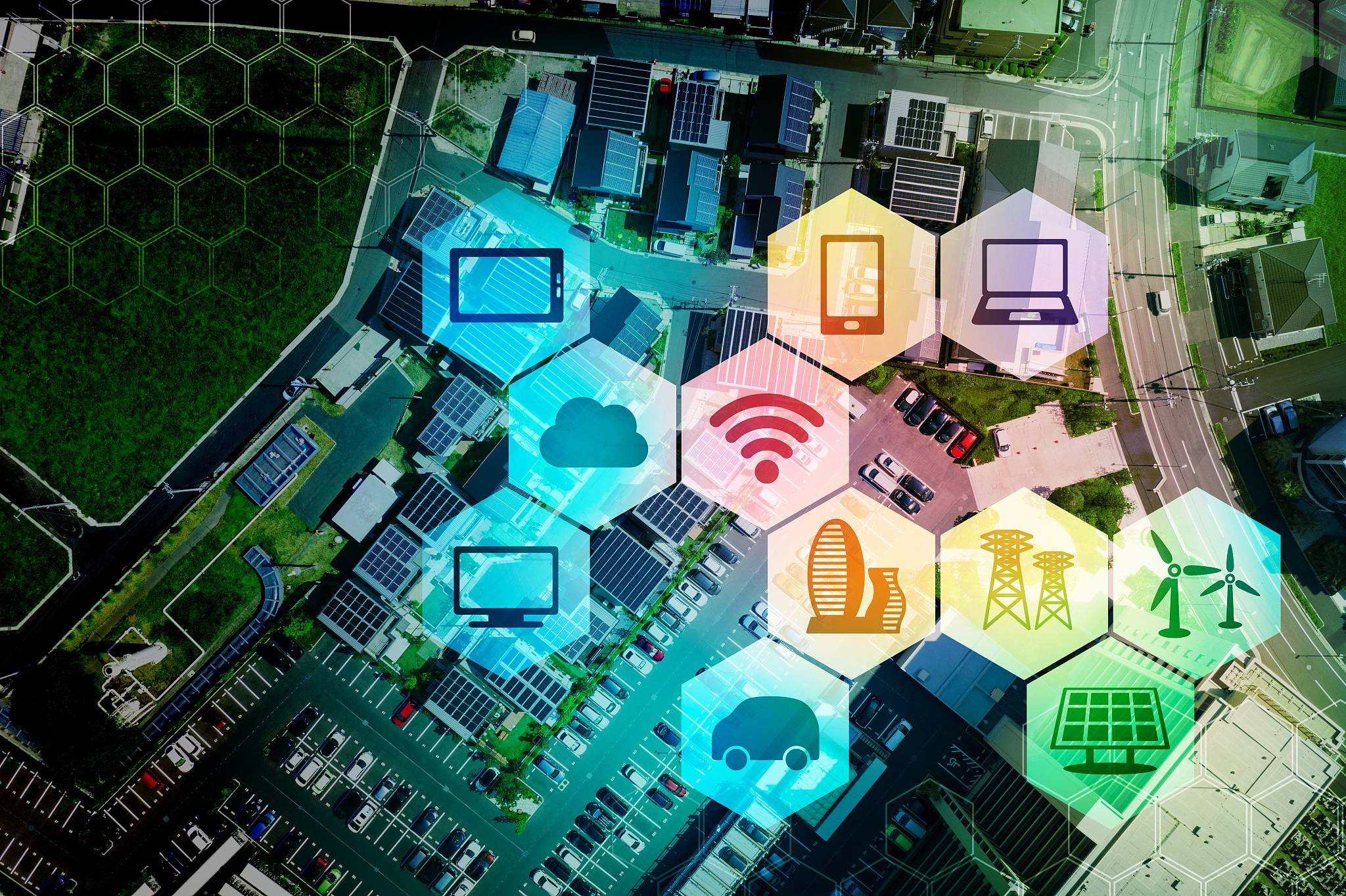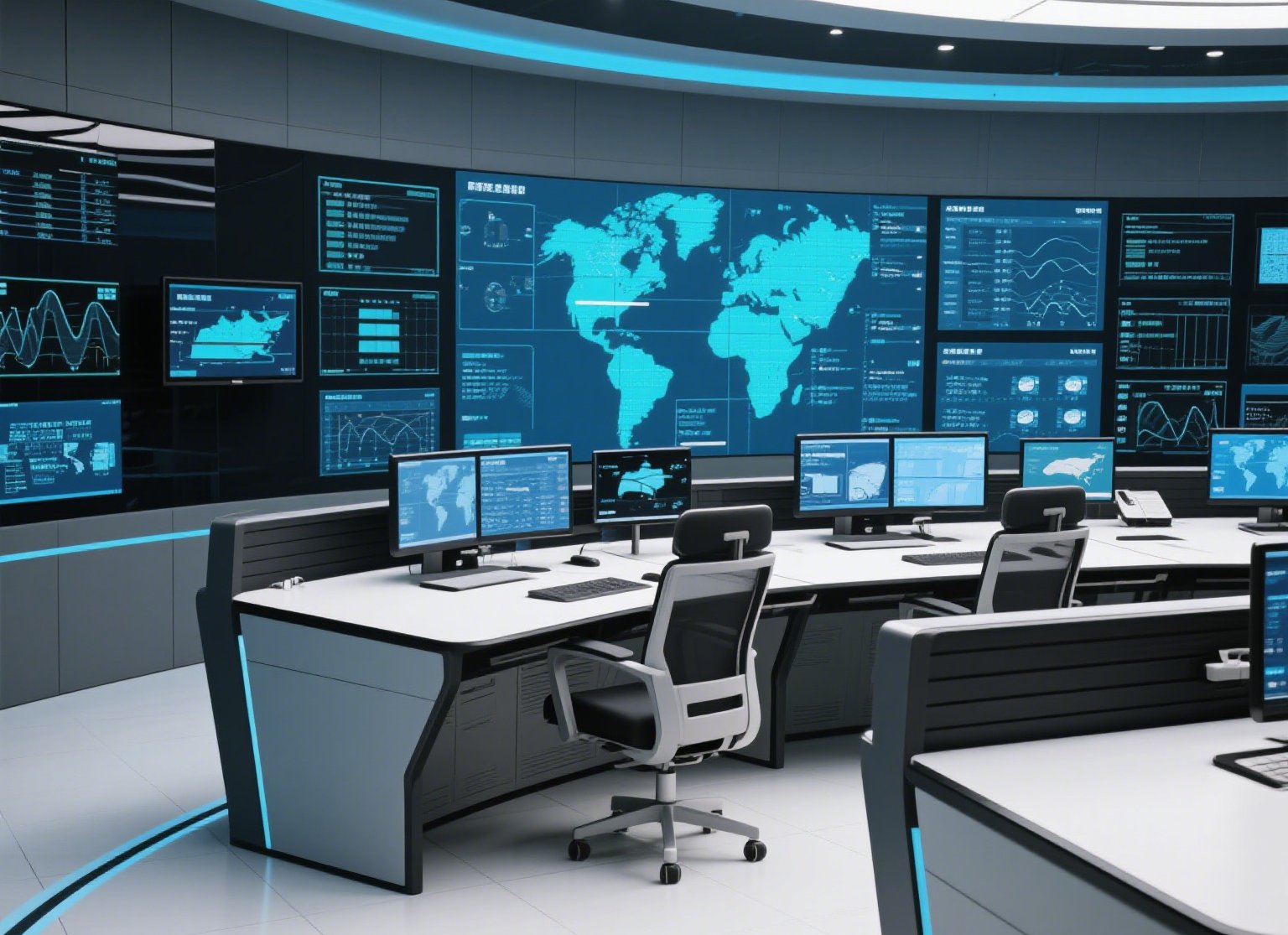Solution Background
Located in Shanghai Zizhu High-tech Industrial Park, this Intelligent R&D Center, established by a high-tech materials company, places data at the core of its operations. By leveraging AI, cloud computing, and IoT technologies, the center aims to build a fully digital and intelligent campus that supports the entire lifecycle of R&D activities. Its vision is to create a smart, sustainable, and human-centric environment, overcoming the limitations of traditional fragmented data systems and enabling full interconnectivity between people, devices, activities, and the environment.

System Integration & Functional Module Requirements
Comprehensive System Integration
Build an intelligent integrated platform that consolidates subsystems such as security, access control, network communication, energy management, and environmental monitoring. Enable cross-system data sharing and linkage control.
- Security systems support video surveillance, intrusion detection, and electronic patrols
- Integration with fire protection and access systems allows for automated alerts and emergency response in abnormal situations
Customized Functional Design
Design tailored modules based on specific areas of the R&D center:
- Laboratories: Integrate temperature/humidity monitoring, ventilation control, and lab equipment power management
- Data Center: Include real-time monitoring of environmental conditions (e.g., PUE optimization), redundant power, and alert systems for equipment status
Requirements Analysis & Technology Selection
As a high-end manufacturing innovation hub, the solution involves dedicated planning of weak-current system modules.
- Laboratories require specialized systems for environmental control and static electricity grounding
- Smart industrial control zones are equipped with industrial-grade network communication and remote O&M interfaces
- Emphasis on cost-effectiveness and standardization to reduce future upgrade costs
Environmental Adaptation & Safety Redundancy
- Data centers and laboratories adhere to high-security standards (e.g., Tier 3 power redundancy, N+1 cooling architecture)
- Critical areas like materials labs are equipped with independent fire/explosion protection and emergency power systems, integrated with smart systems for rapid isolation

Solution Advantages
- Modular Architecture: Open protocol support enables fast onboarding of new devices and smooth system upgrades. 20–30% of rack space and network ports are reserved for future expansion.
- Cross-Platform Compatibility: The smart platform supports multi-brand device interoperability and connects with ERP, MES, and other enterprise systems to enhance R&D workflow collaboration.

Customer Pain Points & Challenges
- Data analysis is largely offline and relies on manual judgment, leading to delayed decision-making
- Computing power in traditional R&D centers is limited to local servers, with low resource utilization due to manual scheduling
- Collaboration is hindered by reliance on in-person meetings and document handoffs across disciplines
- Energy usage lacks systematic management, making it difficult to achieve sustainability goals

Customer Benefits
- Integration: IBMS platform consolidates security, environment, and energy systems for cross-functional automation
- Safety: Tier 3 power redundancy and independent fire/explosion prevention ensure safe operation in high-risk areas
- Scalability: Modular design allows for equipment expansion, while open protocols minimize future upgrade costs
- Intelligence: Data-driven automation enhances operational efficiency and reduces manual intervention